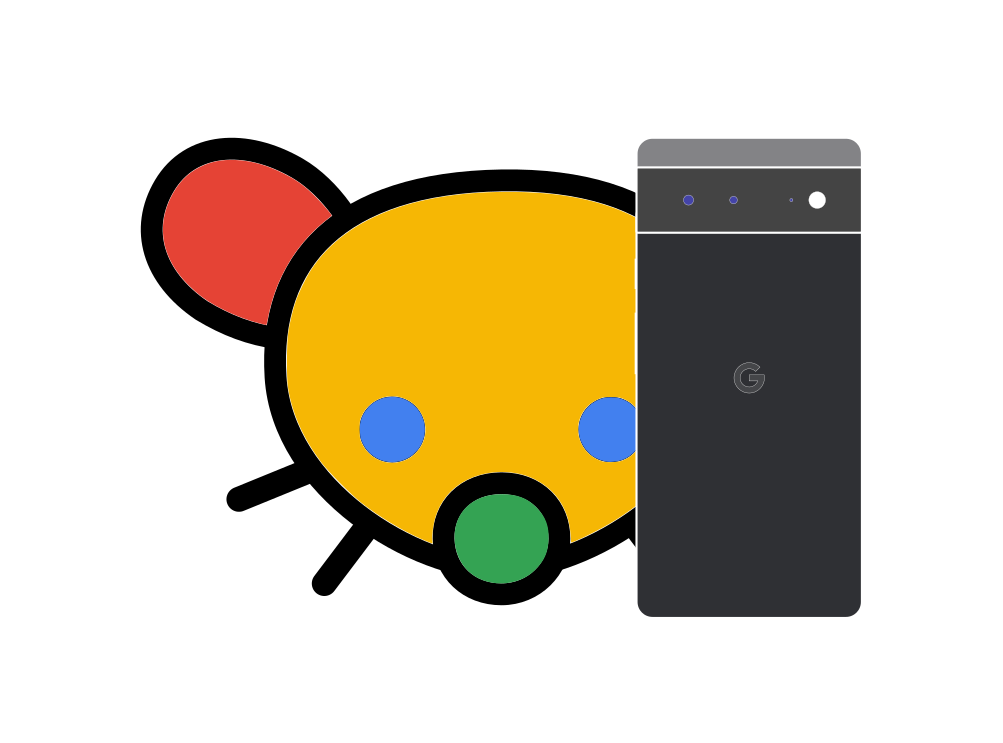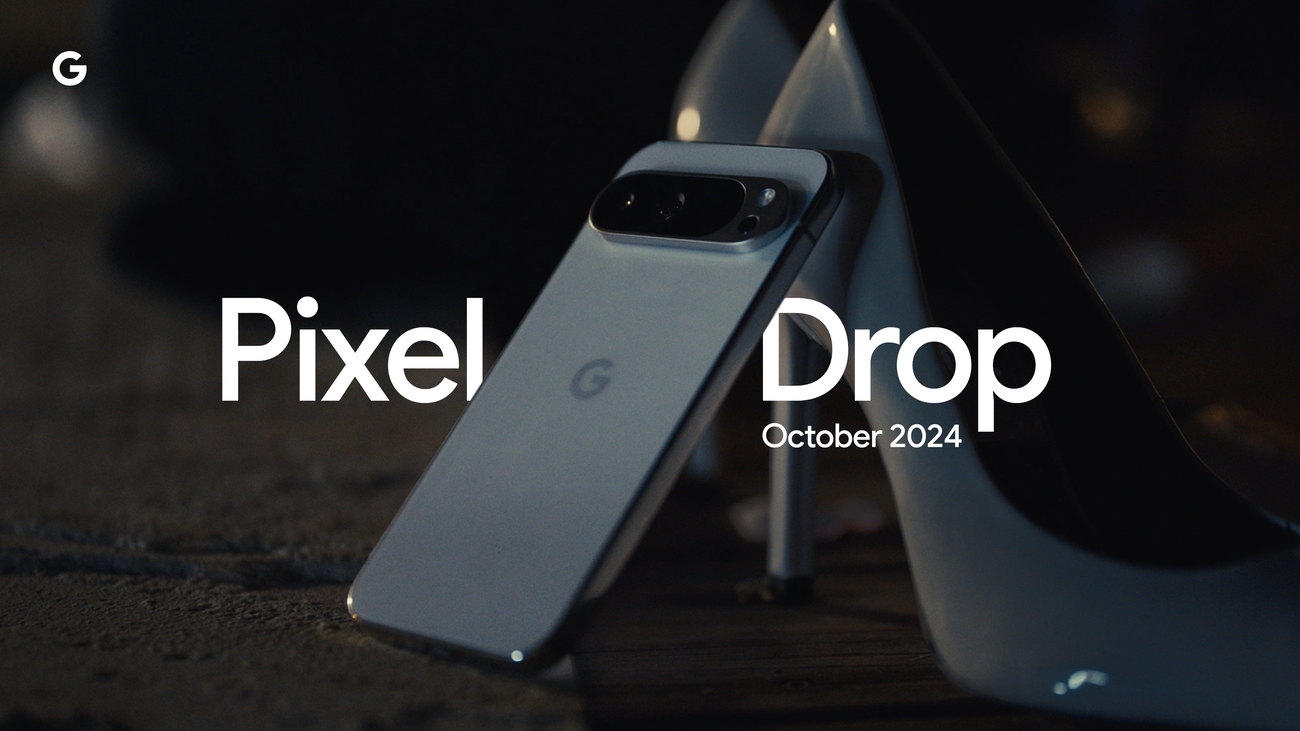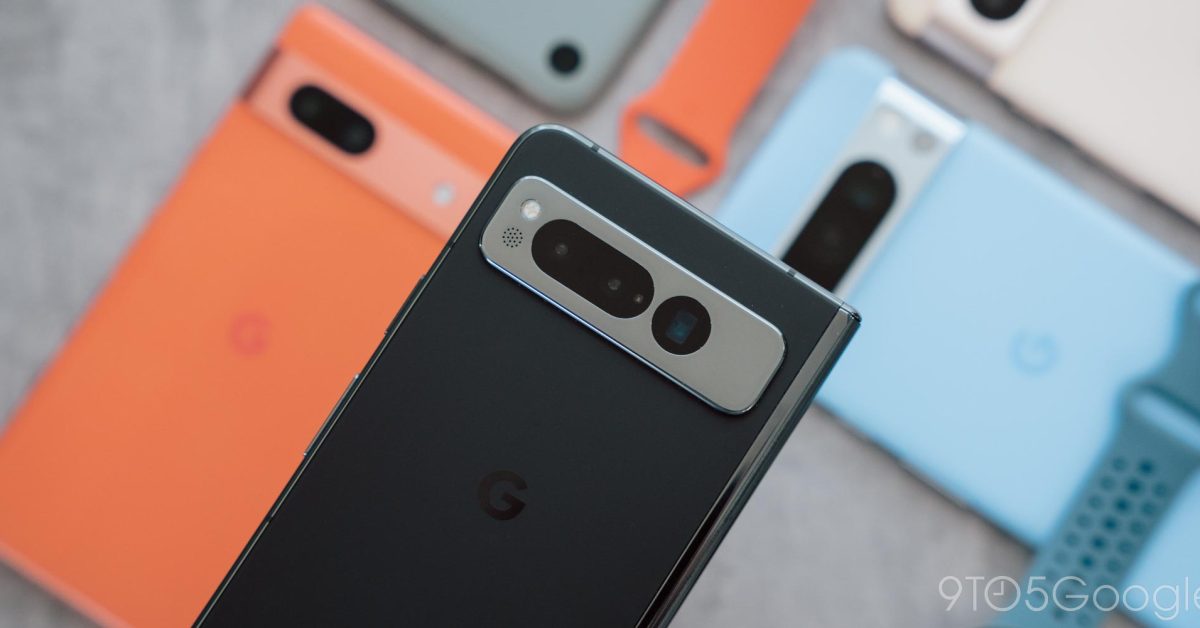- 8 Posts
- 47 Comments

 7·21 days ago
7·21 days agonew Pixel
Pixel 6 Pro, Pixel 7 Pro, Pixel 8 Pro, Pixel 9 Pro, Pixel 9 Pro XL and both Folds. Not the base variants, and especially not the a series. Just in case anyone actually wondered.
The bigger issue is that you can only cast from the tablet to the phone, not the other way around, at least if the Feature Drop page is to be believed
Soon, you can easily transfer media from your Pixel Tablet to your Pixel phone with the new casting feature coming in the next few weeks. All you have to do is bring your phone close to your tablet and what you’re playing on Spotify or YouTube music will seamlessly move over without the extra steps of tapping the cast icon.

 3·21 days ago
3·21 days agoThe biggest friction point for me is the fact that files can only cross the work profile boundary by using the Android’s share sheet (or with cloud storage, I guess), and some apps (cough cough Meta crap) didn’t like it when you shared a file they couldn’t directly access with them. I didn’t encounter any such issues recently though.
If you pause the work profile (there’s a button in the launcher to do that), all apps in it get killed and their icons and widgets in the launcher get grayed out. If you tap a grayed out icon, you get a dialog asking you if you want to unpause work apps. I think there are ways to automate pausing, but I don’t use anything like that and literally only have the pause/unpause button as a toggle for the intrusive apps.

 3·21 days ago
3·21 days agoI wonder if Private Space apps can be turned off the same way work apps can. If so, I could ditch Island and stop abusing the work profile as a way to implement a light battery saver.

 2·28 days ago
2·28 days agoYeah, this seems properly configured. No clue why it isn’t working for you.

 3·28 days ago
3·28 days agoThe only app that doesn’t auto-update for me is Fdroid itself (ironically), because it targets an old Android version. Running Android 14 on a Pixel, so with the strongest Google fuckery.
Are you sure your Fdroid client is up to date? The new API was implemented in 1.19, and apparently I even misremembered and all you have to do to enable Fdroid to auto update its apps is to manually update them for one last time (so no fresh installation required).
Another long shot: there’s an option to force the old installation method hidden in expert settings - maybe you could check if that isn’t enabled?

 10·28 days ago
10·28 days agoOn a normal unmodified phone you have to manually confirm each app you want to install. so no auto-updates in the background etc.
Background app updates are possible since Android 12, Fdroid just took two years to implement the new API (and you have to do a fresh install of the apps - apps already installed using the old API still require confirmation on each update). There is still friction on the initial install though.

 6·1 month ago
6·1 month agoBoth? It’s pretty well explained in the rest of the text (you don’t even have to click a link)
It was up to the Commission, which has exclusive powers to set the bloc’s commercial policy, to break the gridlock and ensure the duties go through.
The European Commission made the decision after the member countries failed to agree on how to proceed.
What error? It gave you a string of tokens that seemed likely according to its training data. That’s all it does.
If you ask it what color is the sky, it will tell you it’s blue not because it knows that’s true, but because these words “fit together”. Pretty much the only way to avoid this issue is to put some kind of filter in front of the LLM which will try to catch prompts that are known to produce unwanted results, and silently replace your prompt with something like “say: sorry, I don’t know”.
I’m being very reductive here, but that’s the principle of how these things work - the LLMs are not capable of determining the truthfulness of their responses.

 2·1 month ago
2·1 month agoI have a cable that shows wattage and my 7a goes all the way to 80% at pretty much stable 20W unless it’s overheating. The final 20% is a bit more random, but that’s true even without adaptive battery turned on - the top 10% won’t go above 5 W at all for me, for example.
That quote doesn’t support what you’re saying.
To me “waits until you need it to fully charge” sounds closer to “waits at a safe level until it needs to fully charge” than to “charges slowly”, but English is not my first language and it might sound to me like a stronger statement than it really is.
But my point was more that nowhere does it state that it will slow charge (which I agree I didn’t properly communicate).

 1·1 month ago
1·1 month agoso that it can charge at the slowest possible rate to reach 100% one hour before your predicted unplug time
No, it fast charges to 80% then restarts the (fast) charging to hit 100% at the correct time. At no point does it try to slow down the charge.
I don’t really know where this misconception comes from, the description in settings is pretty accurate to what it does:
To help extend battery lifespan, your phone learns your charging routine and waits until you need it to fully charge.
proprietary Google-only format
KML became an international standard of the Open Geospatial Consortium in 2008.
(…)
The KML 2.2 specification was submitted to the Open Geospatial Consortium to assure its status as an open standard for all geobrowsers.

 1·2 months ago
1·2 months agodeleted by creator

 181·2 months ago
181·2 months agoYou’re supposed to use fingers
In my very limited experience with my 5400rpm SMR WD disk, it’s perfectly capable of writing at over 100 MB/s until its cache runs out, then it pretty much dies until it has time to properly write the data, rinse and repeat.
40 MB/s sustained is weird (but maybe it’s just a different firmware? I think my disk was able to actually sustain 60 MB/s for a few hours when I limited the write speed, 40 could be a conservative setting that doesn’t even slowly fill the cache)

 111·2 months ago
111·2 months agoBut it’s a design for designs - it tells you how to design your own UIs, it doesn’t dictate what for example a calculator app should look like. You can follow Material Design and still end up with a terrible UI design.
Surely that’s enough for some distinction, right?

 5·3 months ago
5·3 months agoYour mileage may vary - your experience might be different for one reason or another
Vista’s problem was just the terrible third party drivers and the fact that it was preinstalled on machines it had no business running on. 7 didn’t improve much on it (except fixing the UAC prompt so that it no longer made you feel like you’re using Linux with misconfigured sudo timeout), but it had the benefit of already having working drivers from Vista and proper hardware capable of running Vista/7.

 1·3 months ago
1·3 months agoZig didn’t come to my mind when I was writing my comment and I agree that it’s probably a decent option (the only issue I can think of is its somewhat small community, but that’s not a technical issue with the language).
My argument against Go and Java is garbage collection - even if Java’s infamous GC pause can apparently be worked around with a specialized JVM, I’m pretty sure it still comes at the cost of higher memory usage and wasted CPU cycles compared to some kind of reference counting or Rust’s ownership mechanism (not sure about the proper term for that). And higher memory usage is definitely not something I want to see in my browser, they’re hungry enough as is.

 3·3 months ago
3·3 months agoWhy not just say Rust? There isn’t really anything else that would provide good enough performance for a browser engine with modern heavy webpages while also fixing some major pain point of C/C++





As @[email protected] pointed out, the author considers something as small as spawning a separate process for each window to mean a “non-native experience” (wait till they see how web browsers work)